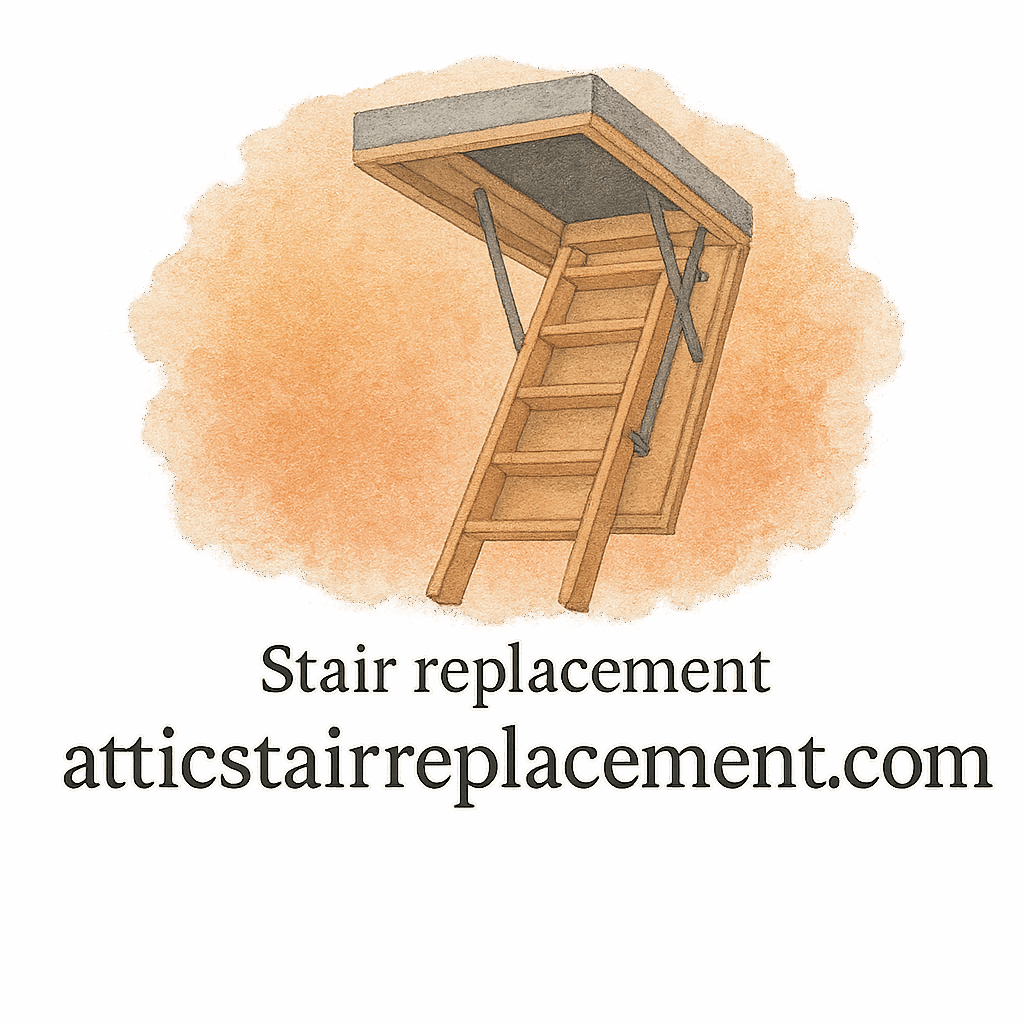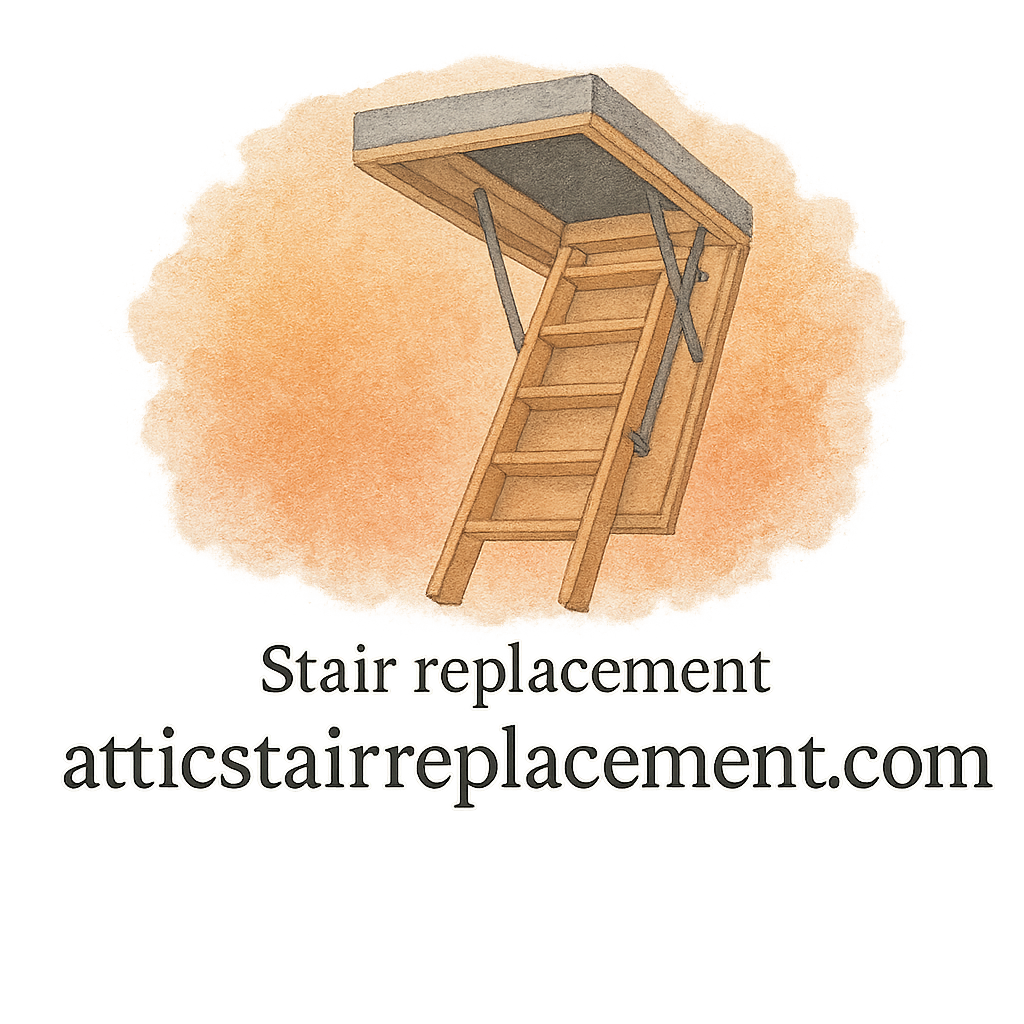Replacing your attic stairs might sound like a weekend DIY project—and it absolutely can be! But here’s the catch: without the right tools, you could turn a manageable job into a major headache. Whether you’re a seasoned DIYer or just trying to save a few bucks on a home project, having the correct tools at your fingertips will make all the difference.
Let’s dive into the must-have tools for attic stair replacement and sprinkle in some expert advice and resources to make your project smooth, safe, and successful.
Why Having the Right Tools Matters
Think of attic stair replacement like baking a cake. If you forget the eggs, the whole thing crumbles. The same goes for missing tools—except your ceiling might be what’s crumbling. Using the correct tools ensures:
- A safer installation
- A tighter, more professional fit
- Less time spent scratching your head in frustration
- Lower risk of costly damage or redo
Tools don’t just make the job easier—they help ensure your attic stair replacement lasts for years.
Safety First: Don’t Skip This Step
Before we start swinging hammers, let’s talk safety. You’re dealing with a ceiling opening and possibly climbing up and down ladders. Use protective eyewear, gloves, and make sure your ladder is on stable ground. Want to go a step further? Review our guide on maintenance and repair to stay ahead of potential hazards.
Now, let’s gear up.
Tool #1: Tape Measure
Why It’s Essential
Seems simple, right? But a tape measure is the MVP here. Every cut, bracket placement, and stair fitment starts with accurate measurements. One wrong number and you could end up with a huge gap—or worse, a stair unit that doesn’t even fit.
Best Practices for Use
- Measure twice, cut once (seriously!)
- Measure the opening size, ceiling height, and clearance
- Keep a notepad handy or use your phone to record numbers
Tool #2: Power Drill
Choosing the Right Drill
A cordless power drill with a few good bits will save you hours. You’ll use it to install hinges, mounting brackets, and secure the stair unit into the framing.
Preferably, go with a heavy-duty model to handle thick wood and joists. Want tips on choosing durable tools? Our product reviews have you covered.
Pro Tip for Speedy Installation
Use a magnetic bit holder so you’re not constantly fumbling with screws. A small time-saver that adds up fast!
Tool #3: Pry Bar
Removing the Old Stairs Like a Pro
If you’re replacing an existing attic ladder, a pry bar is crucial for safe removal. Use it to carefully loosen old framing, molding, or support beams.
Minimizing Wall and Ceiling Damage
Apply gentle pressure and don’t rush. You’re not trying to win a demolition derby—slow and steady prevents cracked drywall and torn ceiling panels.
For more on careful demolition, check our expert advice.

Tool #4: Hammer
Nail Placement and Removal Tips
A basic claw hammer is your go-to for nailing support brackets or removing nails from old framing. Go with a mid-weight hammer for better control without tiring your hand.
For stubborn nails, combine the hammer with your pry bar—teamwork makes the dream work.
Tool #5: Saw (Reciprocating or Circular)
Cutting Through the Old Framing
Sometimes, the old attic opening needs adjusting. That’s where your saw comes in. Use a reciprocating saw for tighter areas or a circular saw for clean, straight cuts.
Safety Measures During Cutting
Wear goggles, make slow, deliberate cuts, and double-check for hidden wires or pipes.
Need more DIY installation safety tips? We’ve got an entire section dedicated to it.
Tool #6: Level
Ensuring a Perfect Fit
This is one of the most overlooked tools in attic stair replacement. A level ensures your stairs sit flat and evenly within the opening.
Avoiding Wobbly Installations
If your unit isn’t level, you’ll notice it every time you climb up—and it’ll get worse over time. A level prevents future creaks, shifts, and sagging.
Explore our full home improvement resources to elevate your install quality.
Tool #7: Screwdrivers and Screws
Tightening and Finishing Touches
Sometimes, a good old-fashioned manual screwdriver gives you more control than a drill—especially for tight spaces or delicate final touches.
Why Screws Over Nails?
Screws offer stronger hold and are easier to adjust if you need to reposition anything. Choose screws labeled for structural framing for the best results.
Bonus Tools That Make the Job Easier
- Stud finder: Know where you’re drilling
- Wood shims: Perfect for small gaps
- Shop vacuum: Keep your workspace clean
- Work light: Illuminate the dark corners of your attic
These aren’t mandatory, but they’ll definitely make your life easier.
Tips from the Experts
Avoiding Common DIY Mistakes
- Skipping the level check (don’t!)
- Not securing the unit into joists
- Using drywall screws instead of wood screws
For more, visit our expert tag and the mistakes section to dodge rookie errors.
When to Call in a Contractor
If your ceiling structure is tricky or you’re unsure about code compliance, it’s okay to call in a pro. Check out our contractor advice section for help.
The Final Checklist Before You Start
- ✅ Tape measure
- ✅ Power drill
- ✅ Pry bar
- ✅ Hammer
- ✅ Saw
- ✅ Level
- ✅ Screwdrivers & screws
- ✅ Safety gear
And don’t forget to review installation steps before starting your project.
Conclusion
Replacing attic stairs doesn’t have to be a nightmare. With the right tools—and a good plan—you can knock this project out like a pro. Remember, preparation is half the job. Lay out your tools, double-check measurements, and don’t be afraid to ask for help if needed.
Whether you’re tackling this as a new DIY home project or upgrading an old setup, the right tools are your best friends. Want more help? We’ve got you covered with expert tips, maintenance guides, and advice for every budget and skill level.
FAQs
1. Can I install attic stairs by myself, or do I need help?
You can do it solo, but it’s much easier—and safer—with a second set of hands, especially when lifting the stair unit.
2. What type of saw is best for attic stair replacement?
A reciprocating saw works well for tight spaces. For clean, straight cuts, use a circular saw.
3. How long does it take to replace attic stairs?
If you’re well-prepared and experienced, 3–5 hours is doable. Beginners might take a full day.
4. Are attic stairs standardized in size?
Not exactly. Always measure your ceiling height and rough opening. Many sizes are available to fit different specs.
5. Should I use nails or screws for installation?
Screws are generally better—they hold tighter and are easier to adjust.
6. What’s the biggest mistake DIYers make during attic stair installation?
Skipping the level check! An uneven installation causes long-term problems.
7. Where can I find more advice on attic stair replacement?
Check out our growing resource hub at atticstairreplacement.com for guides, product reviews, expert advice, and more!


